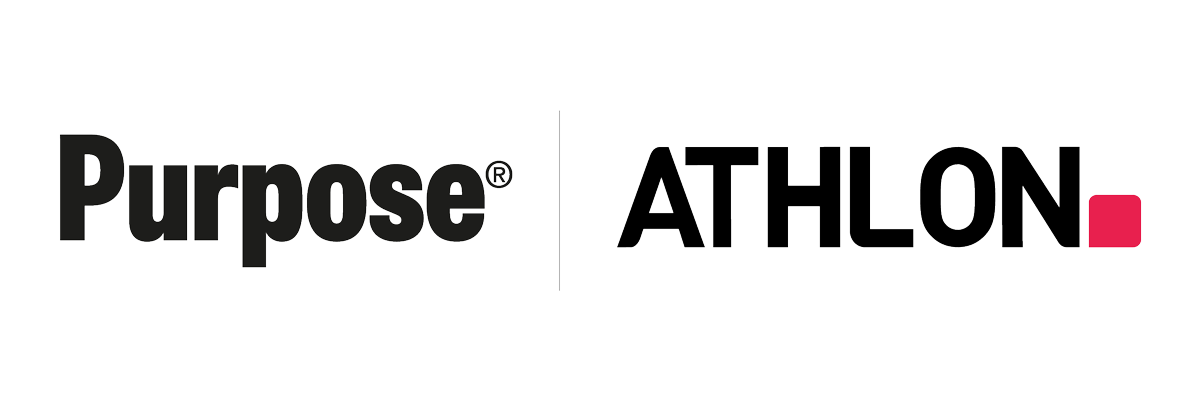What we learnt as co-founders of Traces; a Silicon Valley start-up
September 2014
What we learnt as co-founders of Traces; a Silicon Valley start-up
1. Silicon Valley is short on ideas.
As somebody said to us, 'money is cheap, but ideas are expensive'. Ideas are the real currency in Silicon Valley. So don’t focus on the money, focus on creativity – if you're idea is good, the money will follow.
2. Your idea must solve a problem.
The mainstream social networks are proven to make us unhappy. Traces was born from an understanding of how we build relationships, and was therefore at its core designed to make us happy. It serves to solve a problem. The more prolific the problem, the more likely your idea will get traction.
3. Describe your idea in no more than 10 words. Simple.
4. Patents are next to useless.
At around $40k, filing a patent is a huge expense for a start up and defending them could be ten times that. Consequently, the expense usually outweighs the benefit in the early days.
5. Share your idea.
You soon find that you get nowhere without sharing. Whilst this can be a nervous step, it's an inevitable one if your idea is to fly. So much of the early days centre around trust.
6. As the name suggests, a successful MVP (Minimum Viable Product) requires brutal restraint.
You love your idea and all the bells and whistles that go with it, but it's critical to introduce these gradually. Get people hooked on the core idea first, then add all the trimmings. Imagine if Facebook had launched with the Facebook we see today. Doom.
7. The team is everything for investors.
Nobody knows if your idea will connect, so investors put considerable pressure on the credentials of the team. So, if you have somebody who's a proven tech entrepreneur, you’re practically there.
8. Choose your first investors wisely.
These people typically stay with you every step of the way. If they don’t, it raises alarm bells for future rounds of investment. So, don't just go for the first one that offers you capital, go for the one that you trust and feel you can build an enduring relationship with.
9. Design a share structure that allows for significant future investment.
It may seem a little optimistic, or even presumptuous, but your business will be much more attractive to investors if there is already space for them to enter without diluting existing shareholders. (Almost 50% of shares in Traces were left unallocated at its inception.)
10. Know when to quit.
If your idea is dependent on users learning new behaviours, move on. If your investor is stalling progress, move on. If somebody gets there before you, don’t move on – design has an incredible ability to differentiate.
